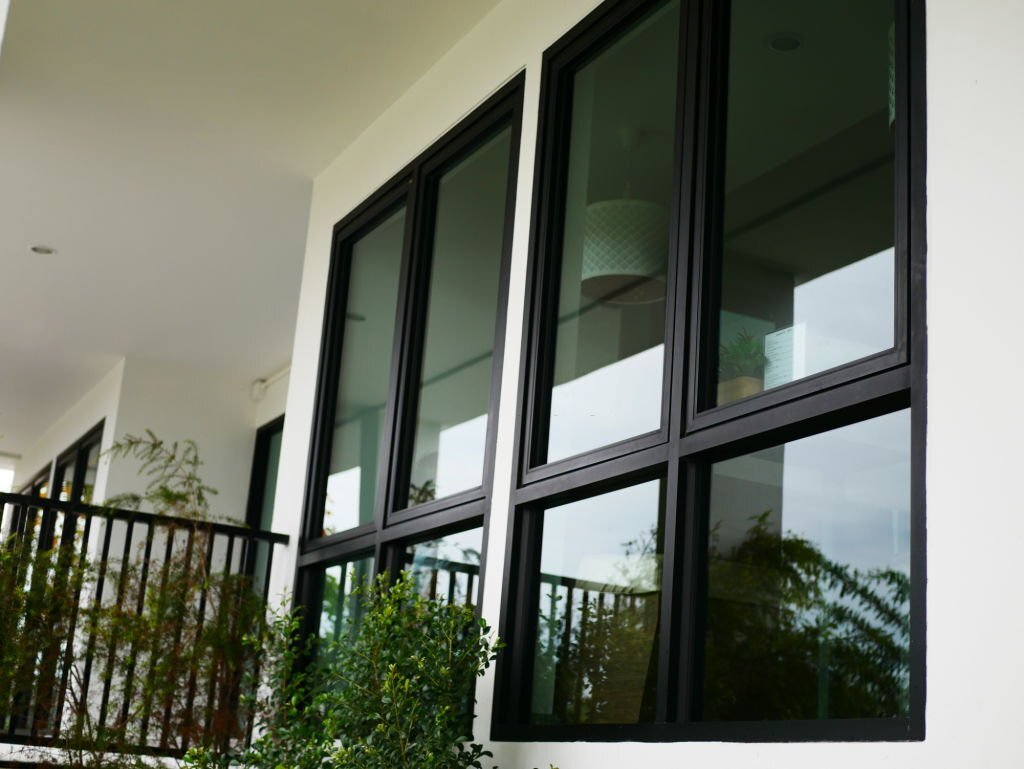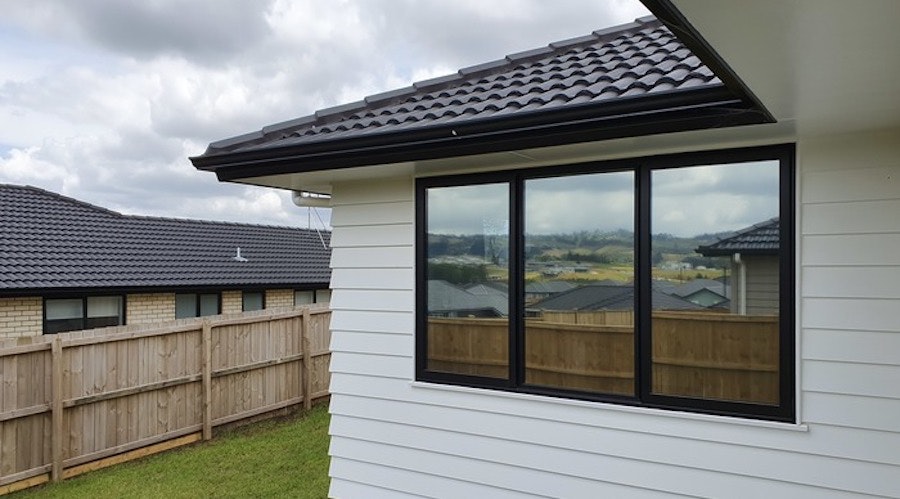How Residential Home Window Tinting Improves Your Home's Energy Performance
Residential home window tinting presents an engaging solution for house owners looking for to improve power efficiency within their home. By using specialized films to windows, it efficiently reduces warm transfer, therefore supporting indoor temperatures and decreasing the demand for excessive home heating or cooling. This not only stops energy intake however additionally supplies an extra comfortable atmosphere by alleviating glow. Nonetheless, recognizing the subtleties of just how tinting jobs and picking the appropriate kind for your home can be pivotal. Strangely enough, what elements should one take into consideration prior to making this investment?
Understanding Window Tinting
Recognizing home window tinting is crucial for house owners looking for to enhance both convenience and energy effectiveness in their living rooms. Residential Window Tint. Home window tinting involves the application of a slim movie to the inside or outside surface of glass windows. This film can substantially regulate the amount of sunshine and warmth that enters a home, thus influencing interior environment problems
There are numerous kinds of home window tinting movies available, each with distinctive buildings. As an example, colored movies absorb solar power, while reflective movies deflect it away from the glass surface area. Ceramic movies offer a balance of presence and warmth rejection, making them a prominent option amongst homeowners. The performance of home window tinting is typically gauged by its Visible Light Transmission (VLT) percentage, which shows just how much light can pass with the movie.
Advantages of Power Performance
Window tinting not only enhances aesthetic appeals yet additionally plays a considerable role in enhancing power performance within domestic spaces. By minimizing warmth transfer via home windows, tinted films create an extra steady interior climate, which can cause substantial decreases in power consumption for heating & cooling. This energy effectiveness equates into reduced utility bills, giving house owners with significant lasting financial savings.

In addition, home window tinting improves the convenience of living rooms. By minimizing glare and blocking damaging UV rays, colored windows produce a more pleasant environment, which can cause boosted wellness for passengers. The defense versus UV rays additionally assists preserve furniture and flooring from fading, adding to the long life of household things.
Exactly How Tinting Works
Tinting films operate via a mix of sophisticated materials and technologies created to control the amount of solar energy getting in a home. Primarily composed of polyester, these films frequently integrate ceramic or metallic particles that mirror and soak up warmth. This double ability permits them to substantially reduce the infiltration of ultraviolet (UV) rays and infrared radiation while permitting visible light to go through.
The efficiency of home window tinting is determined by its solar warmth this page gain coefficient (SHGC), which indicates how much solar power is transmitted with the window. Lower SHGC worths are more suitable as they signify higher heat being rejected. In addition, home window colors can feature a selection of tones, permitting house owners to personalize their visual preferences while enhancing power effectiveness.
Furthermore, these movies function as an obstacle, protecting against heat loss moved here during colder months by showing indoor heat back into the living room. This thermal insulation result enhances the air conditioning benefits gotten during warmer months, contributing to a well balanced interior environment year-round. By managing solar energy effectively, domestic home window tinting not only boosts comfort however additionally plays an essential role in minimizing power usage and reducing energy costs.
Selecting the Right Tint

There are various kinds of window films offered, consisting of colored, metalized, and ceramic. Ceramic films supply superb heat control without endangering exposure and are extremely sturdy, making them a popular option.
Noticeable light transmission (VLT) is one more vital aspect, as it suggests the amount of natural light that can go through the tinted glass. House owners need to choose a tint with a VLT that matches their illumination preferences while still supplying ample glare decrease.
Furthermore, evaluating the solar heat gain coefficient (SHGC) can aid figure out just how well a color can block warmth from sunlight. check out this site A lower SHGC suggests much better warmth control, ultimately boosting power effectiveness.
Setup and Upkeep Tips
Proper installment and maintenance are crucial components in optimizing the advantages of domestic window tinting. Specialists also use specialized methods and tools, which can boost the resilience and effectiveness of the color.
Following setup, maintenance is vital to prolong the life of the home window movie. It is recommended to wait at the very least 30 days prior to cleaning up the colored windows to permit the adhesive to cure completely.
Additionally, regular assessments are helpful. Look for any type of peeling or bubbling, which can show incorrect installment or wear gradually - Residential Window Tint. Dealing with these concerns promptly can stop more damage and keep power effectiveness. By adhering to these installation and maintenance ideas, home owners can ensure their window tinting remains to provide considerable power financial savings and comfort for years to find.
Verdict
In conclusion, property window tinting offers as an effective option for improving energy efficiency within homes. By minimizing warmth transfer and blocking unsafe UV rays, home window movies contribute to lower energy intake and enhanced indoor convenience.
Window tinting includes the application of a slim movie to the inside or outside surface area of glass windows. By lowering warm transfer with home windows, tinted films produce a much more steady indoor climate, which can lead to substantial decreases in power usage for home heating and cooling.The effectiveness of window tinting is measured by its solar warm gain coefficient (SHGC), which indicates just how much solar energy is transmitted through the home window. By handling solar energy efficiently, property home window tinting not just improves convenience but likewise plays an essential duty in decreasing power intake and decreasing energy expenses.
By reducing warm transfer and blocking dangerous UV rays, window movies add to reduce power intake and improved interior convenience.